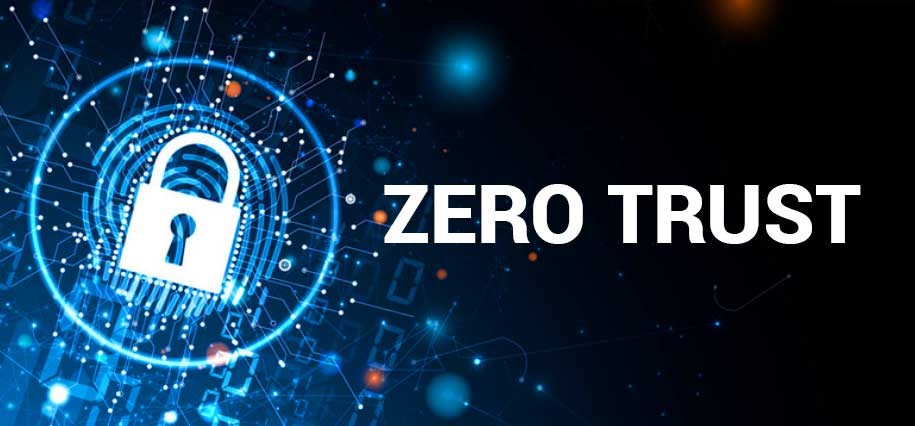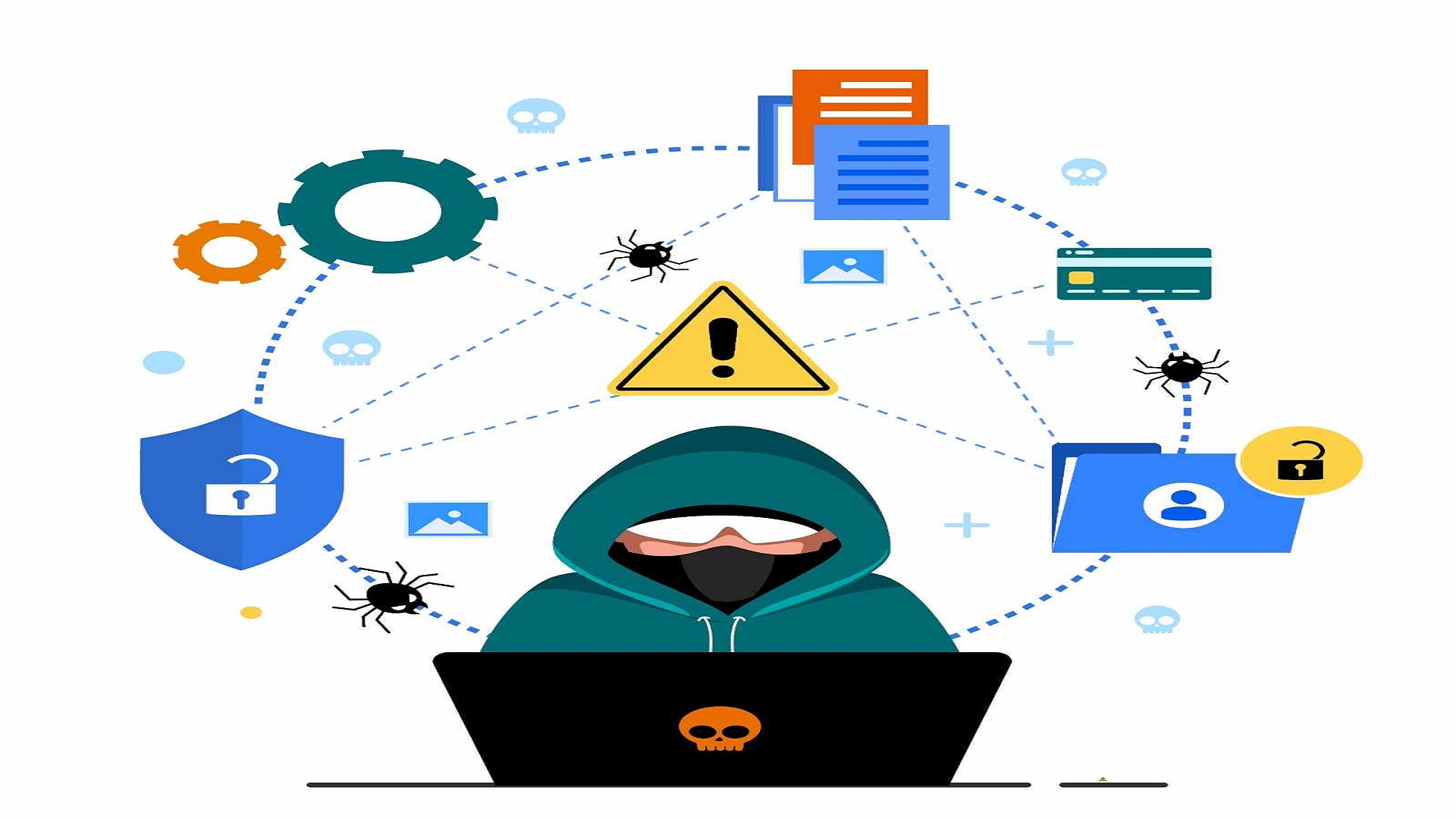In today’s hyperconnected digital landscape, the traditional notion of trusting users, devices, and networks inside a corporate perimeter is dangerously outdated. Cyber threats don’t stop at the firewall, and neither should your security model. In 2025, with rising attacks on identity, cloud, and supply chains, Zero Trust security in 2025 is no longer a recommendation; it’s a requirement.
Zero Trust isn’t just a buzzword. It’s a fundamental shift in how organizations approach security. With remote work, cloud adoption, and increasing insider threats, businesses must now assume “never trust, always verify.”
What Is Zero Trust?

Zero Trust is a cybersecurity framework that assumes no user, device, or network (internal or external) should be automatically trusted. Instead, it enforces continuous verification, least-privilege access, and strict segmentation of systems and resources.
The Core Principles:
- Verify explicitly
- Use least privilege access
- Assume breach
Zero Trust is not a single tool. It’s a strategic model that integrates identity, device, data, and network security under one holistic approach.
Why the Traditional Perimeter Model No Longer Works?
The “castle-and-moat” model where users and systems inside the network perimeter are trusted, is obsolete.
What has changed:
- Remote work is permanent
- Cloud services are the norm
- SaaS applications are accessed from anywhere
- Insider threats are rising
- Supply chain attacks are frequent
Attackers don’t knock at the front door anymore, they enter through VPNs, cloud APIs, or a compromised laptop. Trusting everything inside your network is now a liability.
Zero Trust security in 2025 Practices
Implementing Zero Trust means coordinating people, processes, and technology:
- Identity and Access Management (IAM): Enforce MFA, SSO, and behavior-based controls
- Device Trust: Monitor and restrict access to compliant, healthy endpoints
- Network Segmentation: Prevent lateral movement with micro segmentation
- Data Security: Classify, encrypt, and limit access to sensitive data
- Monitoring and Analytics: Use SIEM, UEBA, and automation to detect and respond in real-time
How Zero Trust Prevents Data Breaches
In traditional networks, if an attacker breaches the perimeter, they can move freely accessing databases, file shares, and email systems.
Zero Trust flips that paradigm:
- No implicit trust: Even internal users must authenticate and be authorized
- Least privilege: Limits damage if a credential or endpoint is compromised
- Segmentation: Prevents lateral movement inside the network
- Anomaly detection: Flags irregular behavior using real-time analytics
The Breach Reality:
From SolarWinds and Colonial Pipeline to MOVEit and Okta, recent years have seen a wave of devastating breaches. Most of these incidents followed a pattern of unauthorized access followed by unrestricted movement. Zero Trust, had it been in place, could have stopped many of these attacks before damage was done.
Zero Trust doesn’t guarantee breach prevention; it ensures breach containment.
Compliance and Industry Mandates
Global regulators now expect Zero Trust or equivalent models:
- U.S. Executive Order 14028 – Requires all federal agencies to implement Zero Trust
- NIST 800-207 – Formal framework for Zero Trust architecture
- GDPR, HIPAA, PCI-DSS – Require continuous authentication and secure data access
- CISA Zero Trust Maturity Model – Provides guidance to private and public sectors
Failing to adopt Zero Trust may result in fines, audit failures, and data breach penalties.
The Business Case for Zero Trust
Zero Trust isn’t just for tech teams; it has tangible business value:
- Reduces breach impact and cost: Fewer access points and quicker containment
- Supports secure remote and hybrid work: Essential in the age of BYOD and anywhere access
- Accelerates secure cloud adoption: Critical for digital transformation and SaaS use
- Improves compliance and audit posture: A central part of regulatory frameworks
- Builds trust with clients, regulators, and insurers: Seen as a mature and resilient security posture
According to Forrester, companies using Zero Trust reduce average breach costs by up to 40%.
It also improves cyber insurance eligibility and may lower premiums as insurers now demand stronger authentication, segmentation, and endpoint controls.
Challenges in Adopting Zero Trust
Transitioning from perimeter-based security to Zero Trust has hurdles:
- Legacy systems that don’t support MFA or modern protocols
- Disjointed security tools with no integration or unified view
- Cultural resistance: Users and executives often resist added authentication steps
- Visibility gaps: Incomplete understanding of assets, access paths, and data flows
- High complexity in mapping identity-to-resource relationships

How to Overcome Them:
- Start with small pilots on critical systems
- Use phased rollouts with milestones
- Centralize identity and policy enforcement
- Partner with Zero Trust solution providers with mature tools
- Educate stakeholders with clear ROI and breach prevention stories
The cost of not acting is higher than the cost of adoption.
Getting Started with Zero Trust security in 2025
You don’t need to do it all at once. A phased approach works best:
- Map users, devices, and data flows
- Enforce MFA and contextual login rules
- Segment networks and isolate workloads
- Control device access with endpoint compliance checks
- Classify and encrypt data
- Deploy real-time monitoring and response tools
- Train staff and get leadership buy-in
Start with your most valuable data and riskiest user groups and build outward.
Case Studies: Real-World Impact
1. Google BeyondCorp
Eliminated VPNs and implemented device-aware access. Result: reduced phishing risks and greater access control flexibility.
2. U.S. Department of Defense
Pilots showed a dramatic improvement in blocking internal lateral movement. Insider misuse and unpatched endpoints were contained.
3. Financial Services Firm (Global)
After a Zero Trust deployment, this firm reduced its breach investigation time by 68% and contained two ransomware attempts before encryption.
4. Okta Support Breach (2023)
Although Okta suffered a breach through a third-party vendor, companies with strong Zero Trust implementations were able to isolate compromised access before damage spread.
These examples underscore the growing role of Zero Trust in minimizing damage, ensuring continuity, and enabling resilience.
Future of Zero Trust
Zero Trust is rapidly evolving alongside new technologies:
- Password less authentication using FIDO2/WebAuthn
- AI-powered access policies that adapt in real time
- IoT device visibility and trust scoring
- Edge-based Zero Trust enforcement for hybrid and remote-first companies
As organizations continue to digitize, Zero Trust will be the security operating model of the future.
Securing the Future
Zero Trust is no longer a theoretical model or industry buzzword. It’s a practical, business-aligned approach that meets the moment. From ransomware and phishing to insider risks and cloud threats, Zero Trust provides a realistic defense strategy.
Organizations that embrace Zero Trust not only reduce their exposure they enhance agility, build customer trust, and demonstrate leadership in a security-first era.
In 2025 and beyond, Zero Trust isn’t optional; it’s the foundation of your digital resilience.







